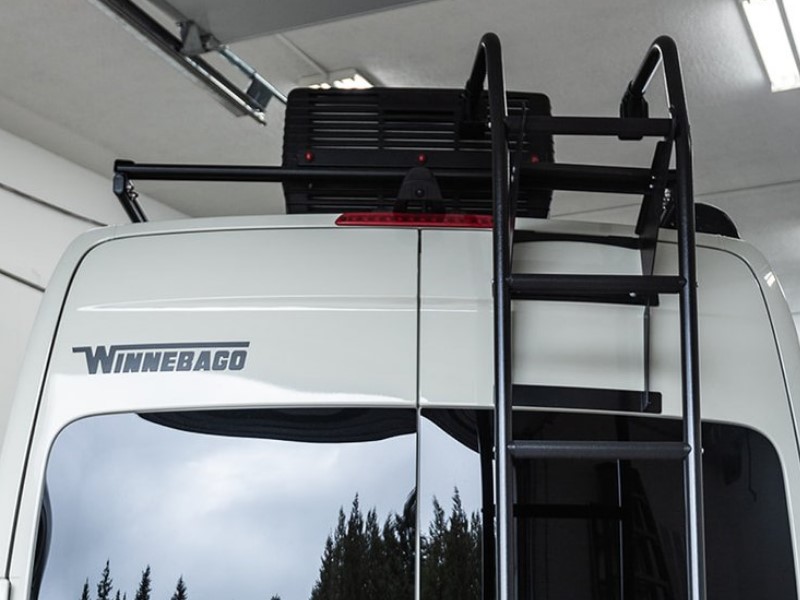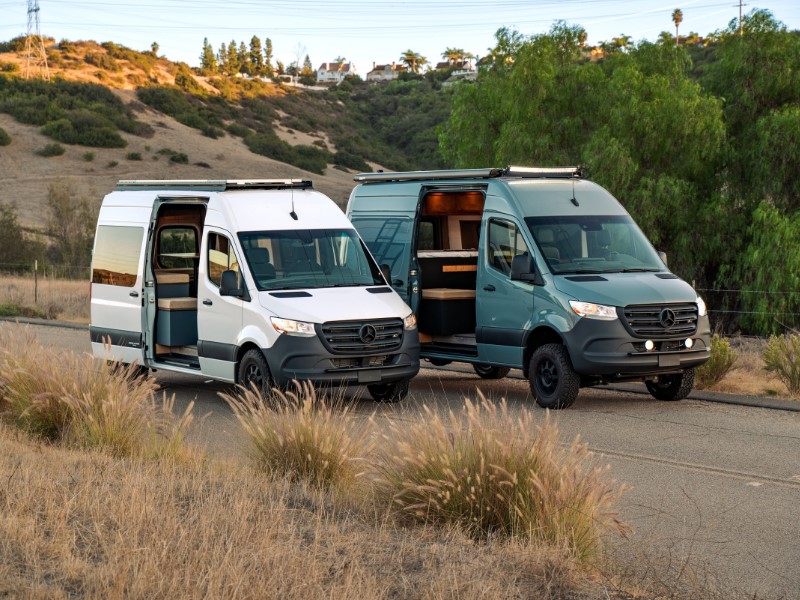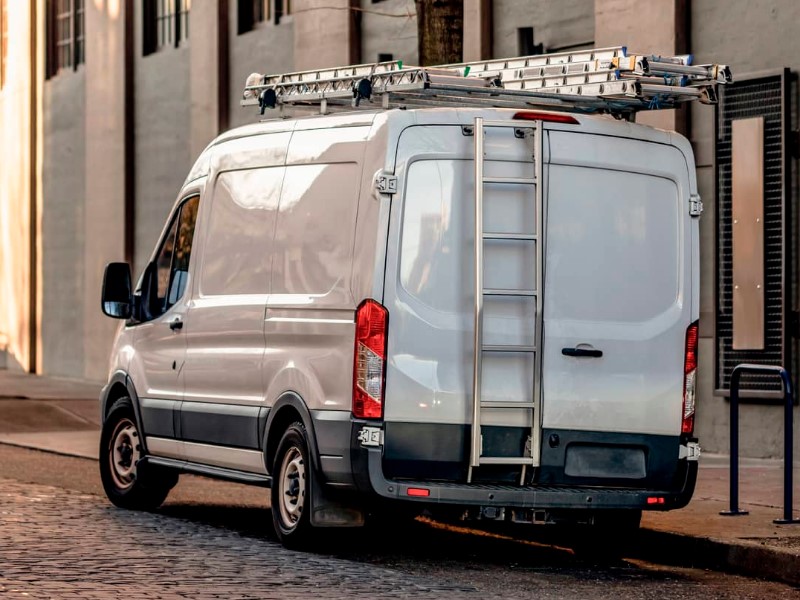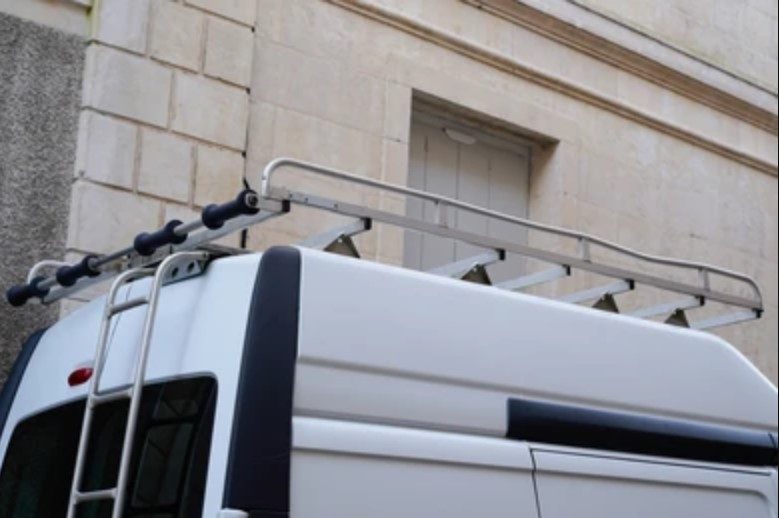What’s the first thing you notice every time you arrive at a home improvement retail store? A quick look around the parking lot will make you see multiple commercial vehicles fitted with roof racks. More interestingly, different types of vehicles also feature different racks. How about you? Which roof racks for commercial vehicles will suit your needs? What factors should you consider during your search?
First off, you should know and consider first the different categories of roof racks before you go shopping. You can break down these categories into the following: accessibility, construction, durability, maintenance, material, price point, and weight capacity.
When doing your due diligence to identify the right one for your needs, you might think that you need to research and check off all these categories. But with all the different options that end users can choose from these days, you might be surprised to know that maintenance is not really one of the things to consider.
Consider reading below to know more about aluminum and steel roof racks and how to choose between these two:
Table of Contents
Maintenance Needs
Before anything else, you have to learn about maintenance. When you speak of maintenance, it refers to the state of being maintained or the process of preserving. Careful and proper maintenance of any form of equipment can help boost its efficiency and lengthen its optimal use time.

By preserving roof racks, you can be sure that they will be able to retain their value. It also plays an important role in increasing the overall lifespan of the product. Since many people are busy with their jobs as contractors, carpenters, electricians, plumbers, and others, their cargo trucks and commercial vehicles often serve as the extension of their office. Thus, it is important to make maintenance one of your top priorities.
Steel vs. Aluminum Roof Racks for Commercial Vehicles
When choosing a roof rack for your commercial vehicle, another consideration is the material it would be made of. It is now common to find commercial roof racks made of either steel or aluminum in the market right now.
The aluminum material is more lightweight while steel is stronger and even more durable. If you are planning to go for an aluminum rack, you have to determine how strong you need or want it to be. Although steel is susceptible to rust after some time, aluminum on the other hand doesn’t contain iron, which means it won’t rust at all.
However, you have to take note that aluminum doesn’t need to undergo the anodizing process if it will be used outdoors. The aluminum material is also expensive and requires regular cleaning to get rid of any dirt and grime buildup.

Meanwhile, steel roof racks are durable and strong, and more reliable for the end user. Even though steel tends to rust over time since iron is its main component, many steel roof racks you can find on the market right now fight it off with the help of additive methods to keep them protected from environmental conditions and rust. Through this additive protection, you can rely on a stronger roof rack that can last for a long time.
Anodizing Aluminum
When you speak of anodizing aluminum, it refers to using coating the aluminum surface using a protective oxide layer. It is done through an electrolyte process where the metal produces the anode.
Plain and raw aluminum alone won’t be able to retain a polished surface once it gets exposed to outdoor conditions. Oxides will form on the surface and dull the finish as a result. Maintenance that involves polishing and cleaning is necessary for aluminum finishes to retain their luster.
Aluminum must be anodized to enhance adhesion and improve its corrosion resistance. But it doesn’t necessarily increase the strength of the material since it is only an insulative layer.
Galvanizing Steel
Galvanizing is an impressive technique used to coat steel. The process of hot dip galvanizing involves immersing fabricated iron or steel into a kettle filled with molten zinc. The steel’s iron content will react with the zinc while it is immersed to produce a bonded alloy coating.

Galvanized steel offers several major benefits. Galvanizing steel roof racks for commercial vehicles are often cheaper during initial purchase compared to the alternative protective coating. Also, even though galvanizing is considered to have a higher initial cost, the long-term life that the process of galvanizing can offer to steel significantly outweighs the upfront cost in terms of durability.
Aside from this, galvanized steel is extremely reliable, with the process itself having a predictable outcome. Every time you shop for galvanized steel racks, you will find that their purchase price is reasonable with minimal to no maintenance throughout the lifetime of the product.
Anodizing Aluminum vs. Galvanizing Steel
End users can expect lesser corrosion with an anodized aluminum surface, although it doesn’t mean that the threat is completely eliminated. Anodizing offers a thin protection that comes in the form of an aluminum oxide layer, with the layer deteriorating after some time.
Depending on the quality and thickness of the anodized layer, you can expect the surface protection to last from 10 up to 20 years.
Galvanized finish steel is an abrasive-resistant and rust-free finish applied to the metal. The galvanizing process can increase the life expectancy of steel by more than 50 years and offers total protection. It is because throughout the process, zinc bonds with each part of the item.
With the steel completely protected, the product can be dented, dinged, or scratched without any need for repair or maintenance. Zinc bonds the entire coating. Galvanized coating is considered the tough coating applied to steel.
The Bottom Line
When it is time for you to shop for roof racks for commercial vehicles at Withcar, make sure you always consider maintenance, longevity, and weight. If weight is a priority for you, aluminum is your best choice, although it needs periodic maintenance. As for applications where weight is not an issue, a more maintenance-friendly steel roof rack is your best choice.

